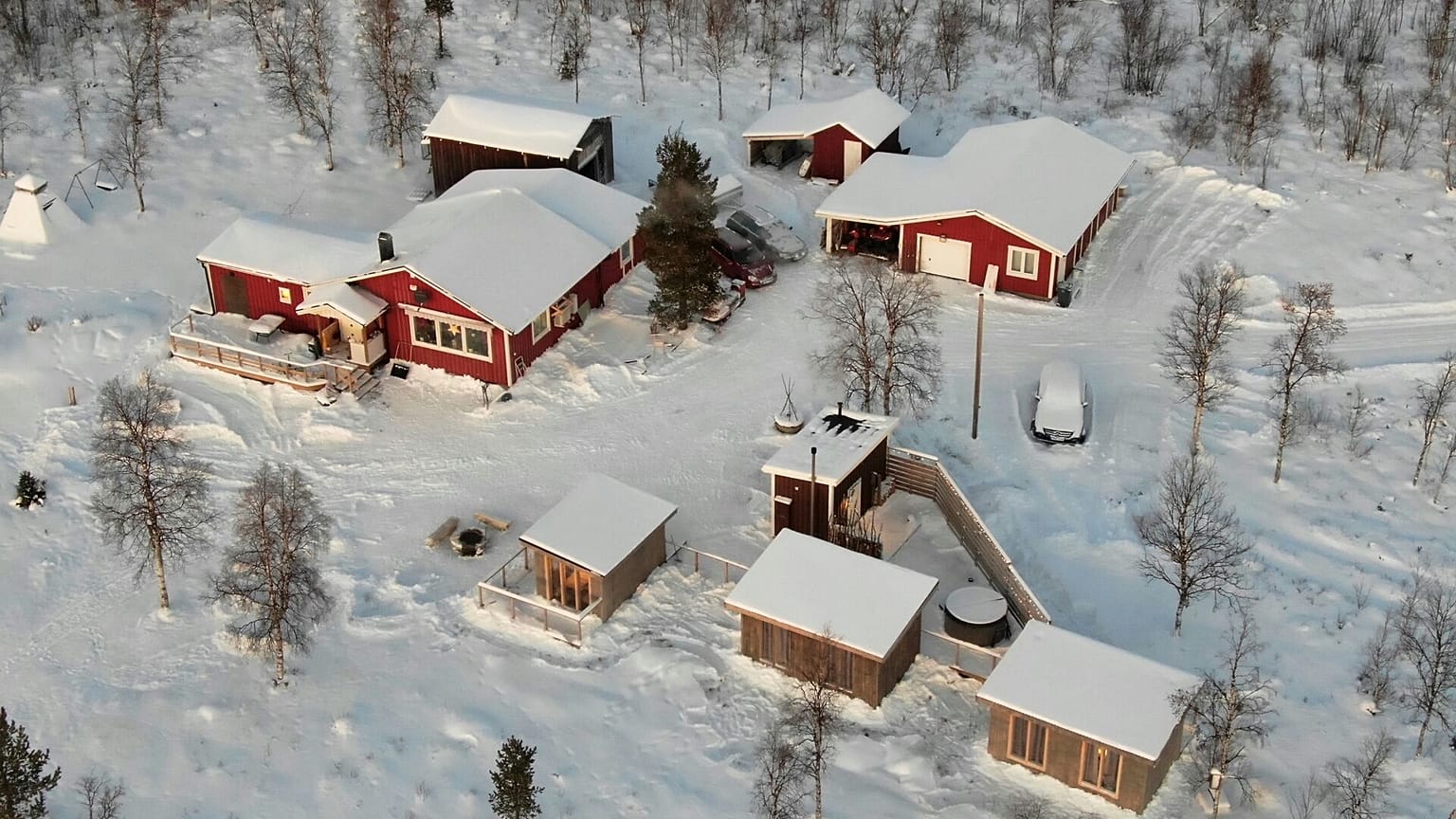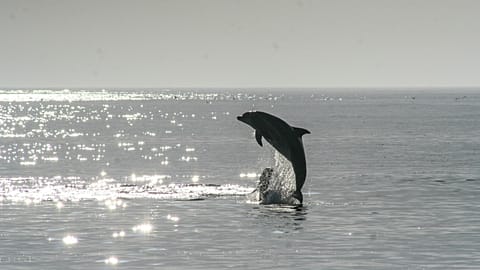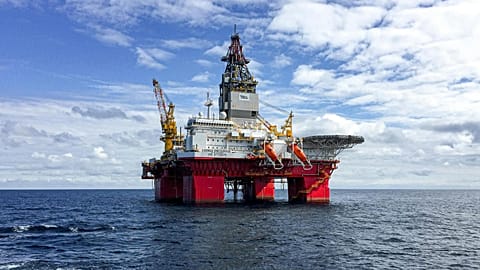Kiruna’s new city is up to 10°C colder, and residents are noticing.
When mining forced the Swedish town of Kiruna to move in 2014, city planners promised a fresh start. But residents say the new town has lost the warmth that defined the old one - both in spirit and temperature.
A study from the University of Gothenburg found that the new Kiruna, relocated to make way for an iron-ore mine, can be up to 10°C colder in winter than its predecessor. That’s because the city was rebuilt in a depression where cold air gathers, while tall buildings block the low Arctic sun for much of the year.
Some experts say this outcome was clear from the start.
“It was known that the conditions would be worse than when city planner Per Olof Hallman drew up the city plan for Kiruna in 1900,” says the University of Gothenburg’s Jennie Sjöholm, a built heritage specialist.
“Decision-makers did not optimise the design for the urban climate.”
A century of Arctic know-how ignored
When the mining company LKAB first established Kiruna in 1900, Hallman placed it on a sunny, south-facing slope while streets curved with the landscape to avoid wind tunnels and preserve shelter. The location was the best that could be developed in the climate.
For the new Kiruna, Sweden’s northernmost settlement, located above the Arctic Circle, planners prioritised infrastructure links over microclimate. According to Sjöholm, this resulted in a colder, windier city where playgrounds and balconies often face north.
“We’ve known for decades how to build for Arctic conditions,” she says. “But that knowledge was not fully used.”
While some residents appreciate the new commercial centre and civic buildings constructed after the move, others have described the main square as a “bloody wind tunnel.”
Why did Kiruna have to move?
Kiruna was originally founded more than 100 years ago to house the workers of an iron ore mine.
The mine expanded over the years as increasingly valuable minerals – including Europe’s largest deposit of rare earth minerals, which are used to make new technologies such as electric car batteries and wind turbines – were discovered in it.
But that expansion has made the ground beneath the town weak and unstable. With buildings and streets vulnerable to collapse, Swedish officials elected to move the town, one structure at a time – a process not expected to be complete until 2035.
Indigenous Sámi communities and their traditions have also been affected.
The mine, the town and infrastructure like roads and railways cut across historic reindeer migration routes. To access the winter grazing lands they have been using for hundreds of years, reindeer herders have to move from one side of Kiruna to the other.
Designing for a displaced future
Across the Arctic and beyond, relocation is becoming a reality as environments change around communities.
Researchers studying Arctic design say that factors such as street orientation, building height and landscape can make the difference between comfort and cold in extreme climates. In Kiruna, some of these considerations were set aside when the town moved.
“The new Kiruna is not yet complete, and there are ways to improve comfort with trees and street furniture,” Sjöholm emphasises. “But many of the conditions have already been set.”



















